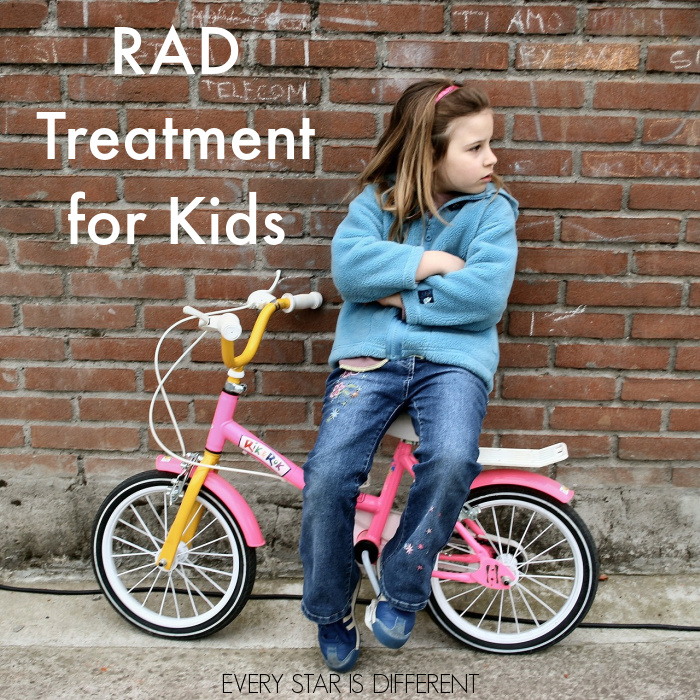Many have asked about Borderline Personality Disorder in adults and how it compares to Reactive Attachment Disorder in children.
People wonder how to support loved ones with Borderline Personality Disorder.
Today I'm going to attempt to answer questions and provide help to those that are seeking it, the best that I am able.
There are people in my life that I care deeply for that have Borderline Personality Disorder.
If you've been following us for any length of time, you know that I am raising two adopted daughters with Reactive Attachment Disorder.
Borderline Personality Disorder and Reactive Attachment Disorder
Reactive Attachment Disorder (RAD) and Borderline Personality Disorder (BPD) are similar in that both diagnoses are related to trauma experienced in childhood.
RAD and BPD are similar in that both operate on a spectrum like autism.
There are extreme cases and there are cases that are much more mellow.
Reactive Attachment Disorder and Borderline Personality Disorder are similar in that struggles are related to attachment.
In order to receive a diagnosis of Reactive Attachment Disorder, trauma must occur within utero and/or during the first 18 months of life.
This isn't the case with Borderline Personality Disorder. Trauma can occur any time in childhood.
Trauma can include an array of abusive situations and can also be due to neglect.
Reactive Attachment Disorder is a diagnosis given to children or teens.
Borderline Personality Disorder is a diagnosis given to adults.
If Reactive Attachment Disorder isn't diagnosed during childhood and teen years, an adult showing similar symptoms may be diagnosed with Borderline Personality Disorder.
This adult may have had Reactive Attachment Disorder growing up, depending on when the early childhood trauma occurred.
Many diagnosed with Reactive Attachment Disorder as children can receive a Borderline Personality Disorder diagnosis as an adult.
A person does not have to have had Reactive Attachment Disorder to be diagnosed with Borderline Personality Disorder.
Those with Reactive Attachment Disorder may not receive a diagnosis of Borderline Personality Disorder as an adult.
Signs and Symptoms of Borderline Personality Disorder
1. Those with Borderline Personality Disorder have an extreme fear of abandonment.
150+ Ways Children and Teens with RAD Push Others Away
2. Adults with Borderline Personality Disorder may feel extremely positive feelings towards someone one moment and then think the same person is out to get them the very next moment.
3. Borderline Personality Disorder can lead to feelings of being a bad person or even worse, someone that doesn't exist in the eyes of others.
4. Those with Borderline Personality Disorder often experience paranoia and a separation from reality when triggered by abandonment.
5. Adults with Borderline Personality often engage in unsafe behaviors.
The Worst Cases of Reactive Attachment Disorder
6. Borderline Personality Disorder includes significant shifts in moods that can occur quickly or over a few days.
- Happiness to Anger or Sadness
- Confidence to Anxiety and Shame













No comments:
Post a Comment